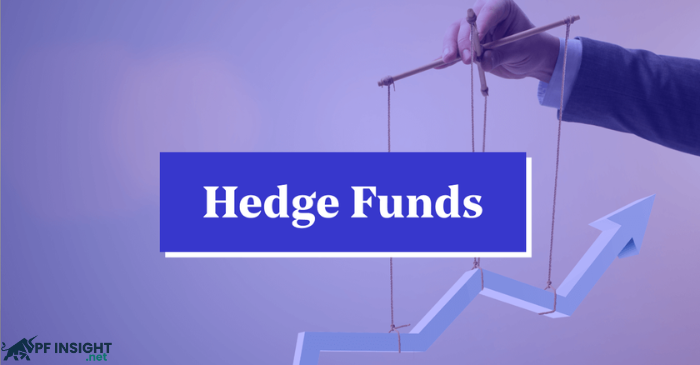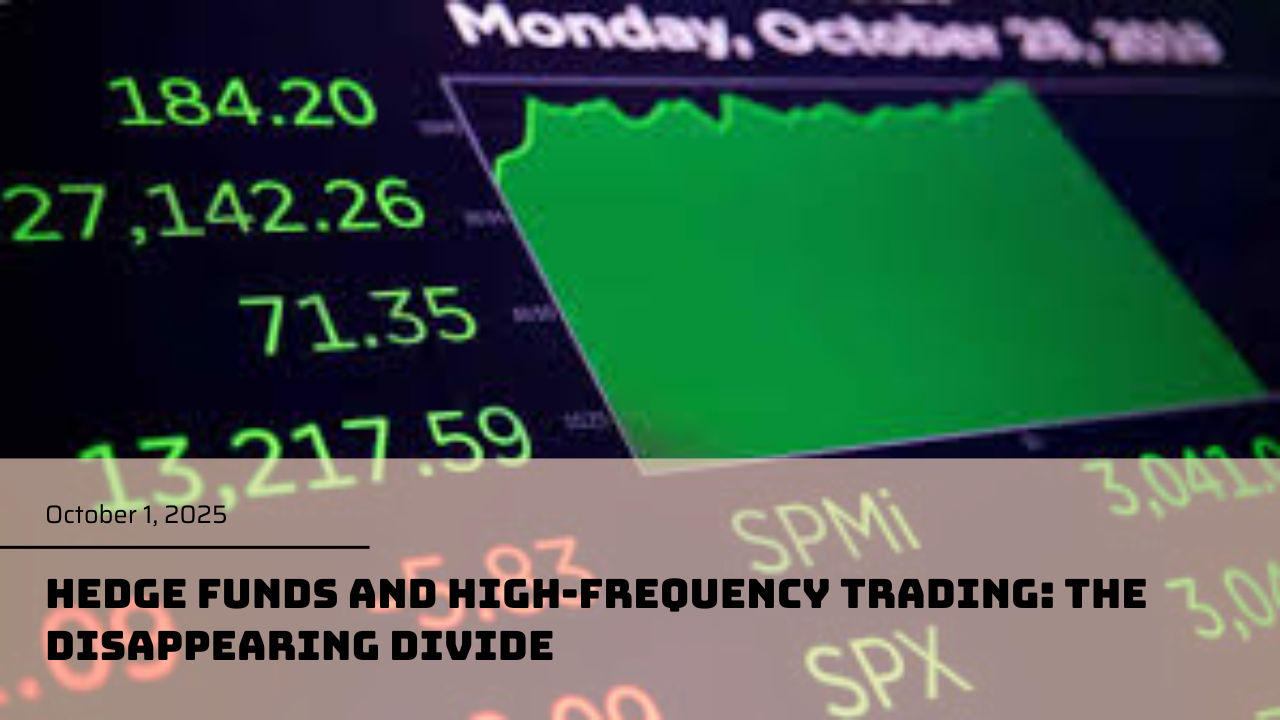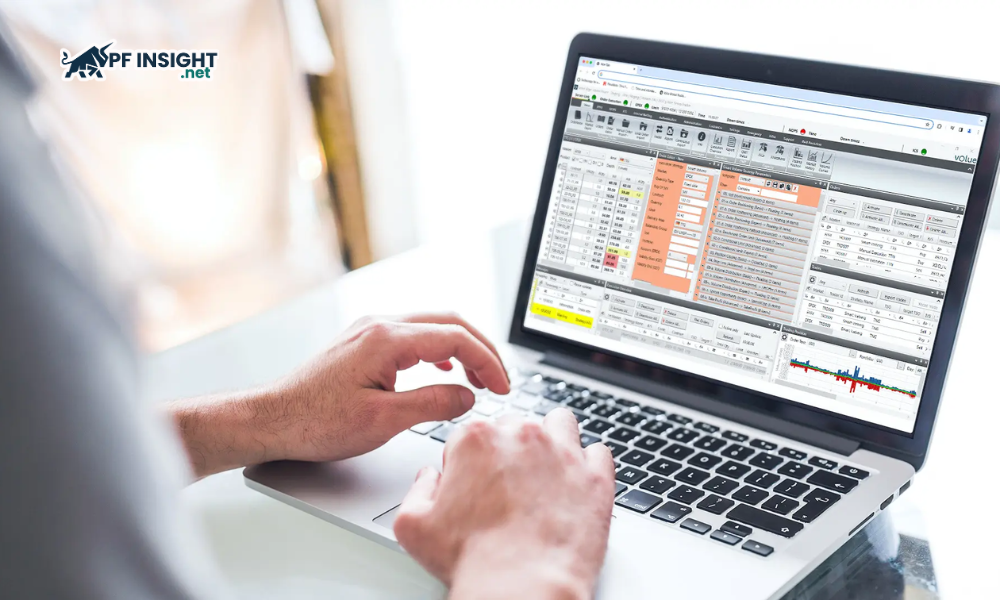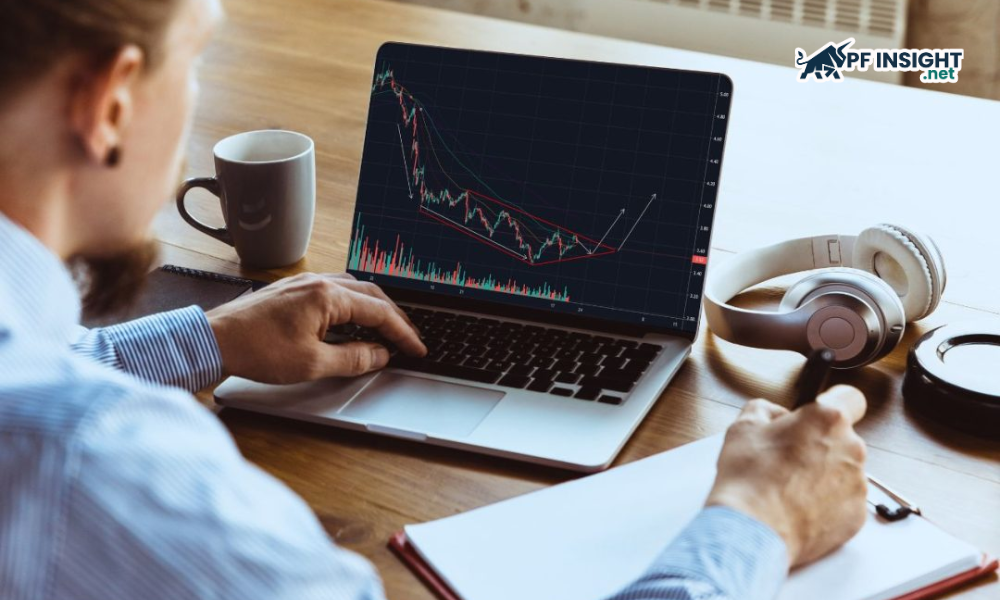For a long time, hedge funds and high-frequency trading (HFT) firms have been regarded as two distinct sectors. Hedge funds are known for using a wide range of complex financial instruments to invest and generate profits, often relying on medium- to long-term positions. By contrast, HFT is synonymous with speed, with trades executed in milliseconds to capture extremely narrow price discrepancies in the market.
However, in 2025 a new trend has become increasingly evident: the differences between the two are fading. In an effort to shorten transaction times, hedge funds are investing more heavily in technology and leveraging big data and artificial intelligence. At the same time, many HFT firms are broadening their approach and are willing to hold positions for longer periods – even hours or days – to maximize profits in an intensely competitive market.
What drives this convergence?

Firms and funds are aligning their strategies for several reasons:
Rising margin pressure
Profit margins in ultra-fast trading have been shrinking. Global financial infrastructure has advanced to the point where nearly all HFT firms are competing for the same opportunities. Once the millisecond advantage was no longer sufficient to differentiate them, these firms were forced to seek profits in longer time horizons, where market shifts become more visible.
Advances in data and technology
Big data, machine learning, and artificial intelligence enable faster and more accurate analysis of market trends. While these tools have always powered lightning-fast trading, they also provide significant advantages in medium-term analysis of complex patterns. Hedge funds have traditionally excelled in this area, but HFT firms are now stepping in as well.
Diversification of risk and strategy
Relying on a single trading method is becoming riskier. By combining scalping or arbitrage strategies with medium-term holding approaches, firms can better manage risks and maximize profits across various market conditions.
Impact on the Financial industry

For Trading Firms (Hedge Funds, Proprietary Firms, and HFT)
- Changing Business Models: The once-clear boundary between hedge funds and HFT is fading, with many firms now operating as hybrids.
- Intensified Competition: With more players entering this blended space, speed is no longer the sole advantage. Analytical capability, planning, and capital management are becoming just as critical.
- Rising Demand for High-Quality Talent: Firms increasingly seek specialists with strong financial backgrounds as well as expertise in data, technology, and artificial intelligence.
For regulators
- Supervision Challenges: Oversight becomes more complicated when hedge funds engage in high-speed trading and HFT firms hold positions for longer durations.
- Market Manipulation Risks: The mixing of strategies can create unpredictable volatility patterns, requiring regulators to update rules more frequently in order to manage risks.
For investors and markets
- Liquidity shifts: Trading is now spread across longer time horizons instead of being concentrated solely in milliseconds, which can lead to increased mid-term volatility.
- Opportunities and risks: Both individual and institutional investors may benefit from these changes, but they also face new risks and uncertainties.
Future outlook
Experts predict that:
- Within the next 5 to 10 years, distinguishing between a hedge fund and an HFT firm will become increasingly difficult.
- A hybrid approach – enabling firms to maintain medium-term investment plans while also executing trades at ultra-high speeds – will become the industry standard.
- Success or failure will hinge on technology, particularly artificial intelligence (AI) and data analytics. Firms that cannot keep up will soon be pushed out of the game.
Conclusion
The convergence of hedge funds and high-frequency trading firms demonstrates a core truth in finance: boundaries are arbitrary and constantly shifting. With rising competition, higher trading costs, and shrinking profit margins, all players are being forced to develop new strategies.
This trend highlights the integration of technology and investment techniques, a defining characteristic of today’s global financial markets. The future will belong to firms that can combine multiple approaches, adapt quickly, and seize every opportunity – from big data to artificial intelligence, from lightning-fast trades to medium-term strategies – rather than relying on a single edge.







